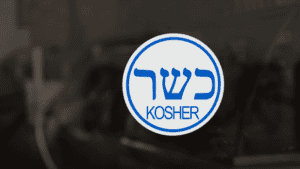Last Updated on March 27, 2025 by Packoi Team
The United Nations has set UN-approved standards for boxes to ensure that dangerous goods won’t be a threat to the transporters, recipients, and everyone else who will encounter them while in transit.
In this article, you’ll get the answers to basic questions about UN-approved packaging. You’ll also learn how to create the most efficient and effective packaging that’ll pass the standards of local and international authorities.
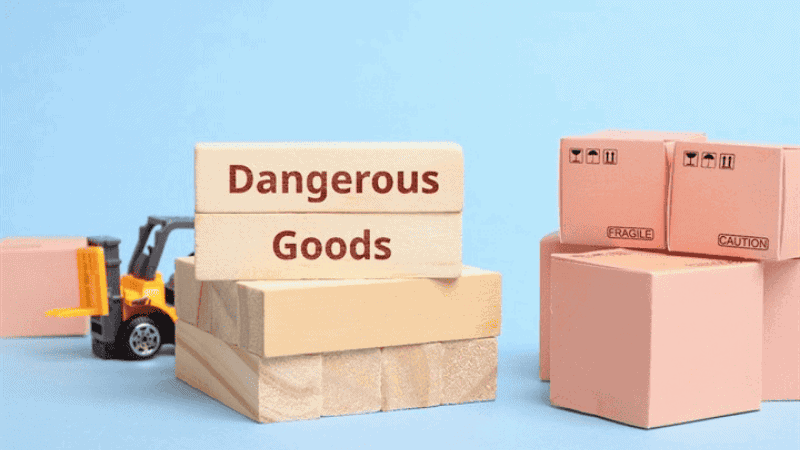
What Does It Mean to Have UN-Approved Boxes?
When you have UN-approved packaging, that only means it passed all the mandatory tests specified in the United Nations Dangerous Goods Regulations.
It also means the manufacturer adheres to strict guidelines when creating the dangerous goods’ packaging. This involves the careful selection of materials, a carefully planned manufacturing process, and several testing systems, including one that an independent testing facility does.
After the packaging has gone through all the tests, it’ll then be sent to the relevant approval authority. They will verify the tests conducted on the packaging design. Once it passes their scrutiny, the packaging will get approval and a UN Specification Mark.
Manufacturers can follow those packaging specifications to mass produce and transport hazardous goods.
What Is the Purpose of a UN-Certified Packaging?

The main purpose of the UN-approved package regulations is to ensure a safe and secure shipment, specifically when it involves the transport of dangerous goods, chemicals, and materials.
By dangerous, this means anything that could pose a threat to the safety and health of people and animals, including property or the surrounding environment.
We all know that anything can happen when goods are being transported – whether that’s through land, sea, or air. A container ship can sink. A cargo plane can crash at sea. A train can get derailed, and a delivery truck can get into an accident.
The role of all UN packaging is to ensure that, despite these unforeseen and unexpected events, the dangerous contents won’t leak or be compromised.
How Are UN-Approved Boxes Different?
If you look at UN-approved boxes, you won’t notice a huge difference from the regular ones, except when you look at the markings outside of the box.
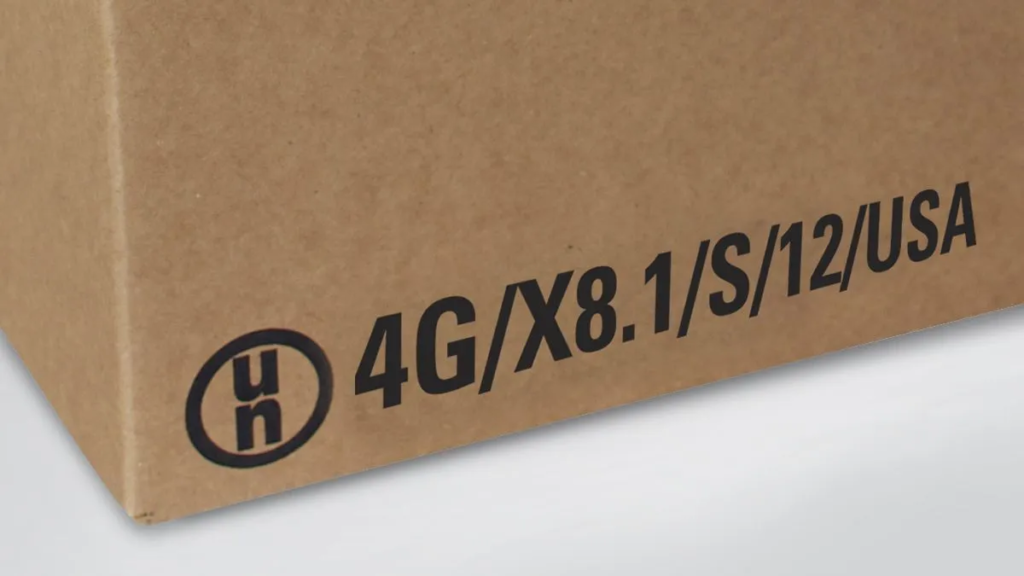
Although a typical shipping box goes through tests to ensure that it can protect its contents correctly, UN-approved packages go through the same, and then some.
First of all, UN-approved boxes should use materials with a higher specification. It should be robust and able to withstand extreme conditions while in transport. Even if it topples over or gets bumped around, it should be able to protect the contents without compromise.
Second, these have a visible UN Specification Mark that proves how they passed all the strict requirements of the Dangerous Goods Regulations. It goes through numerous tests from various testing companies before they are given this mark.
How to Identify an Uncertified Packaging
It’s easy to identify UN-approved packaging. You just have to look for the special markings that prove it’s safe to be used to transport dangerous goods.
But to help you nail the difference with regular shipping boxes, here are the important things that you need to know.
Types of UN-Approved Packaging
There are 2 types of this packaging.
The first is the UN Combination Package. When you see a box with a UN combination packaging code, that means it’s only the outer packaging. There’s still an inner packaging to be found when the box is opened. It’s important that the inner packaging is assembled in the same way as stated in the packing instructions.
The second is the UN Single Package. This means there’s only one packaging involved. When the box is opened, the dangerous goods are inside. That means this type of box is the only barrier against its hazardous contents.
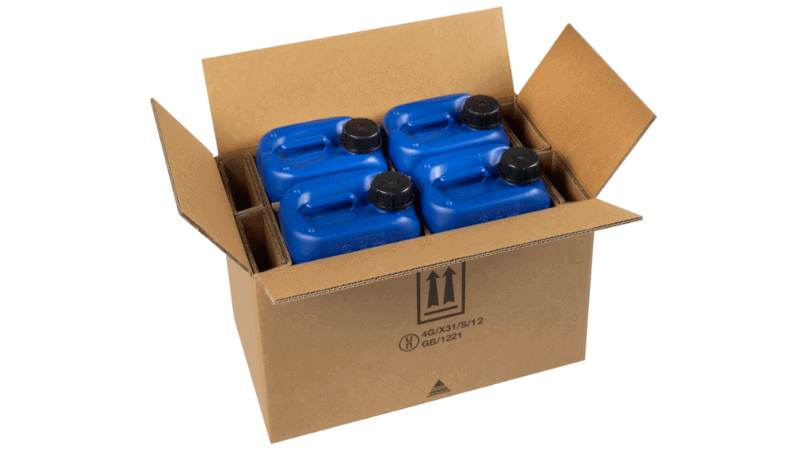
UN-Approved Packaging Materials
There are several options when it comes to UN packaging materials. You have drums, bags, cans, and of course, boxes. You can use wood, steel, glass, fiberboard, aluminum, and plastic. Your choice will depend on what will best protect the dangerous materials that the packaging will carry.
You can combine materials to protect the goods better. For instance, the outer box can be made of wood, and the inner packaging can be made of glass.
For single packaging, you can use drum-type containers that are sealed properly. These are good enough to keep leaks from happening.
The UN Specification Mark
The UN packaging code is the distinguishing mark that’ll prove that it’s no ordinary container. The UN packaging design includes a print of the specification mark that’s a combination of different numbers and letters.
The packaging code will always start with the UN logo, which is a “U” on top and an “N” at the bottom. The logo is designed to make the letters look like a mirror image of each other.

The markings that follow the logo are arranged as follows:
- The code for the packaging material used (e.g., Fiberboard is 4G)
- The packing group and the maximum gross mass
- The packaging type (solid or inner)
- The year the packaging was manufactured
- The State where the packaging was approved
- The approval ID
This code is important because it confirms to everyone that the contents are hazardous. It also serves as the tracking code that’ll help shippers and receivers monitor where the package is.
Shipping companies require other markings, so make sure you do your research. Most of them would require printed details of the sender on the box.
The Packing Groups for UN Marks

The packing group is one of the most important markings in the packaging. It states what type of dangerous materials are contained within it.
Here are the 3 groups that are usually added to the markings:
- X refers to Packing Group I. It represents goods deemed a high danger.
- Y refers to Packing Group II. It represents goods deemed a medium danger.
- Z refers to Packing Group III. It represents goods deemed a low danger.
What Products Require UN-Approved Boxes?
Many classifications of dangerous goods require UN-approved packaging. They are grouped according to the level of danger that they pose to humans, animals, and property in case they leak.
The United Nations created 9 classifications for these hazardous goods. These are listed in any order.
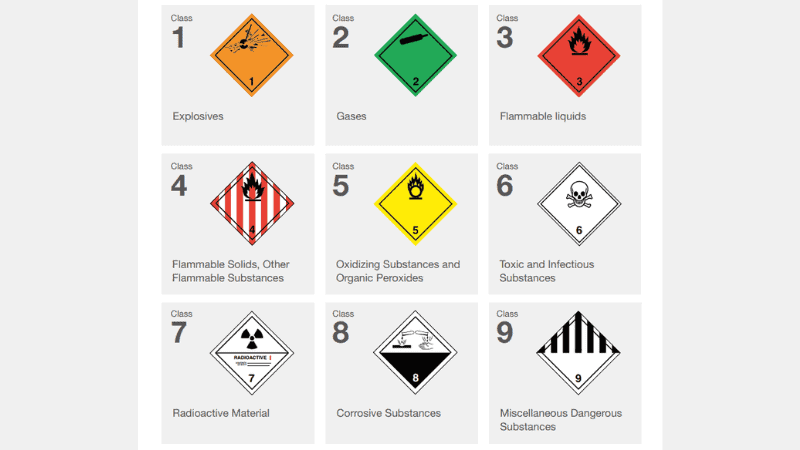
- Explosives
- Explosives Gases
- Flammable liquids
- Flammable solids
- Oxidizers and peroxides (organic)
- Toxic and infectious matter
- Radioactive materials
- Corrosive items
- Miscellaneous dangerous items
These have to be put in approved packaging. Otherwise, no reputable shipping company will take them anywhere.
But beyond the UN Specification marks, the packaging should also include packing instructions (including assembly and closing instructions), compatibility of the dangerous goods with the packaging material, and the mode of transport that the packaging will go through.
Important Reminders for UN-Certified Boxes
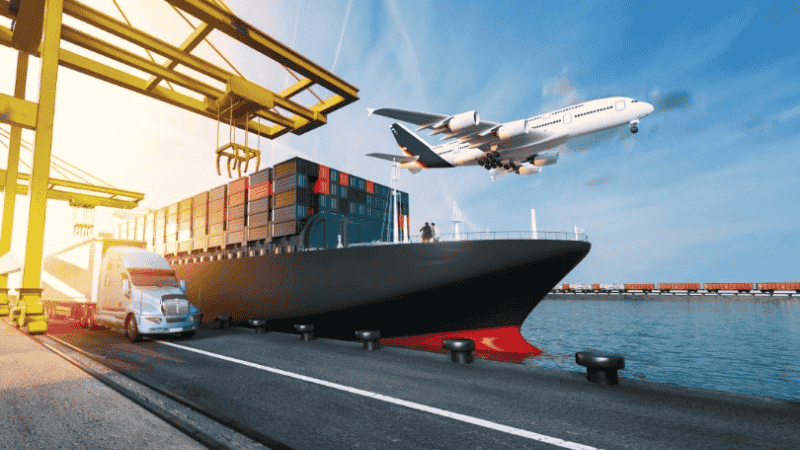
When you’re shipping dangerous goods, it’s a must to comply with the UN packaging regulations. It’s not just them that needs to be appeased. Local authorities will also have their regulations, and they will also require your compliance.
Transporting hazardous materials shouldn’t be taken lightly. Don’t expect that shipping companies will spoon-feed you with information about what you should do.
Do your research. Go through all the regulations that you can find. This will guide you in choosing the right materials that’ll help you comply and get the right packaging code for the goods you want to ship out.
To determine the right packaging for the goods you want to ship, consider the journey that it will go through.
Will you air send it and then pick it up at the airport to travel by road?
These will require you to meet the regulations of the ICAO (International Civil Aviation Organization) and IATA (International Air Transport Association), plus the ADR(International Carriage of Dangerous Goods by Road).
Think about the whole journey so you can completely comply with the rules.
One of the ways to make compliance easier is by partnering with the right company. You need a packaging supplier with experience in providing UN-certified packaging.
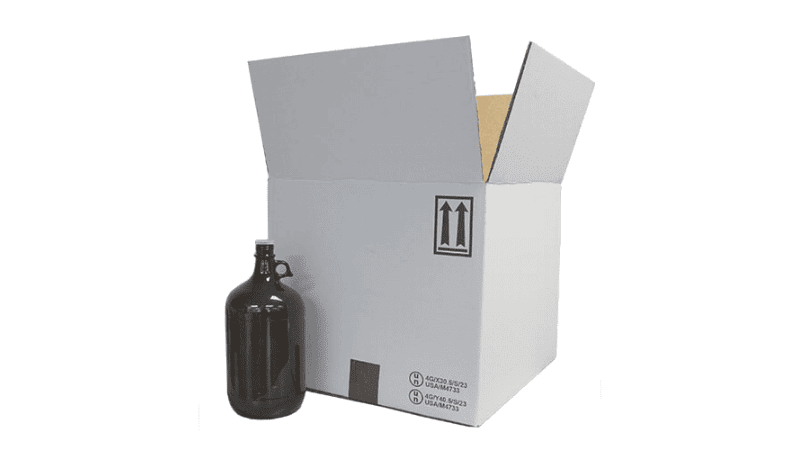
Conlusion
Shipping our dangerous goods requires you to comply with a lot of regulations. But these are necessary to protect everyone handling your package.
Providing the right shipping box is your responsibility as the sender. It’s up to you to be knowledgeable of all the rules so you can adhere to them. Admittedly, it can be confusing to know all these regulations.
Contact Packoi to Get Your UN-Approved Boxes for Shipping Today!
If you don’t know where to start, get the help of a packaging expert. Packoi Printing has both experience and expertise in manufacturing shipping boxes for dangerous goods. We can help you create a UN-certified box to ship your goods.
Give us a call so we can talk about it. We’ll get back to you with a fair quote immediately.




